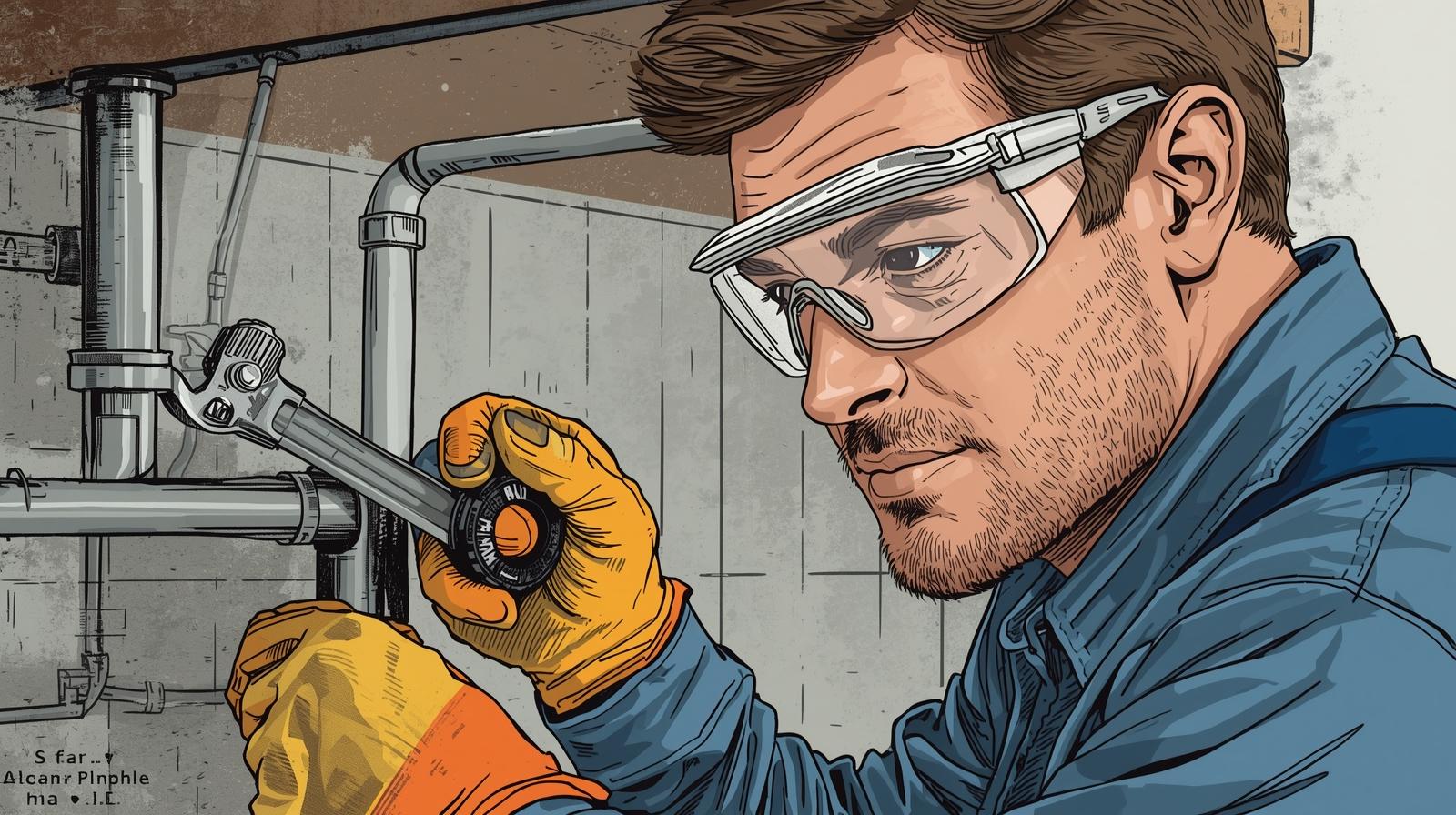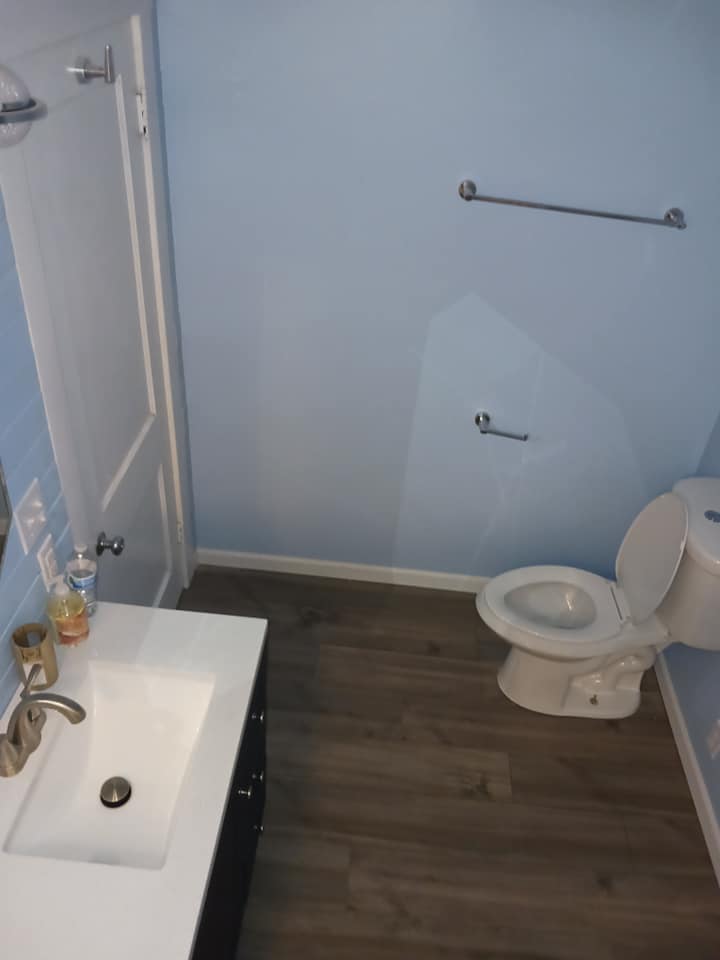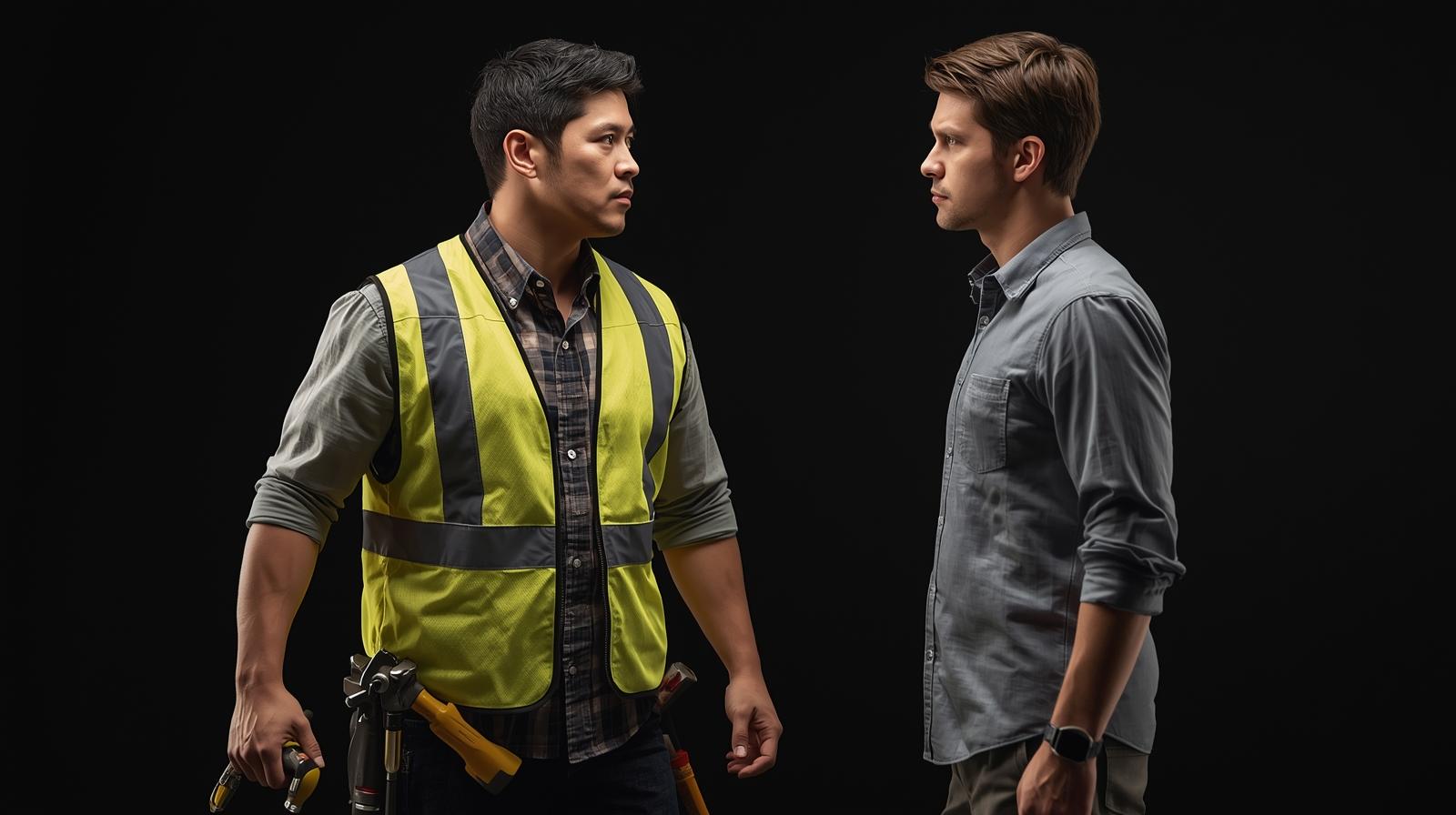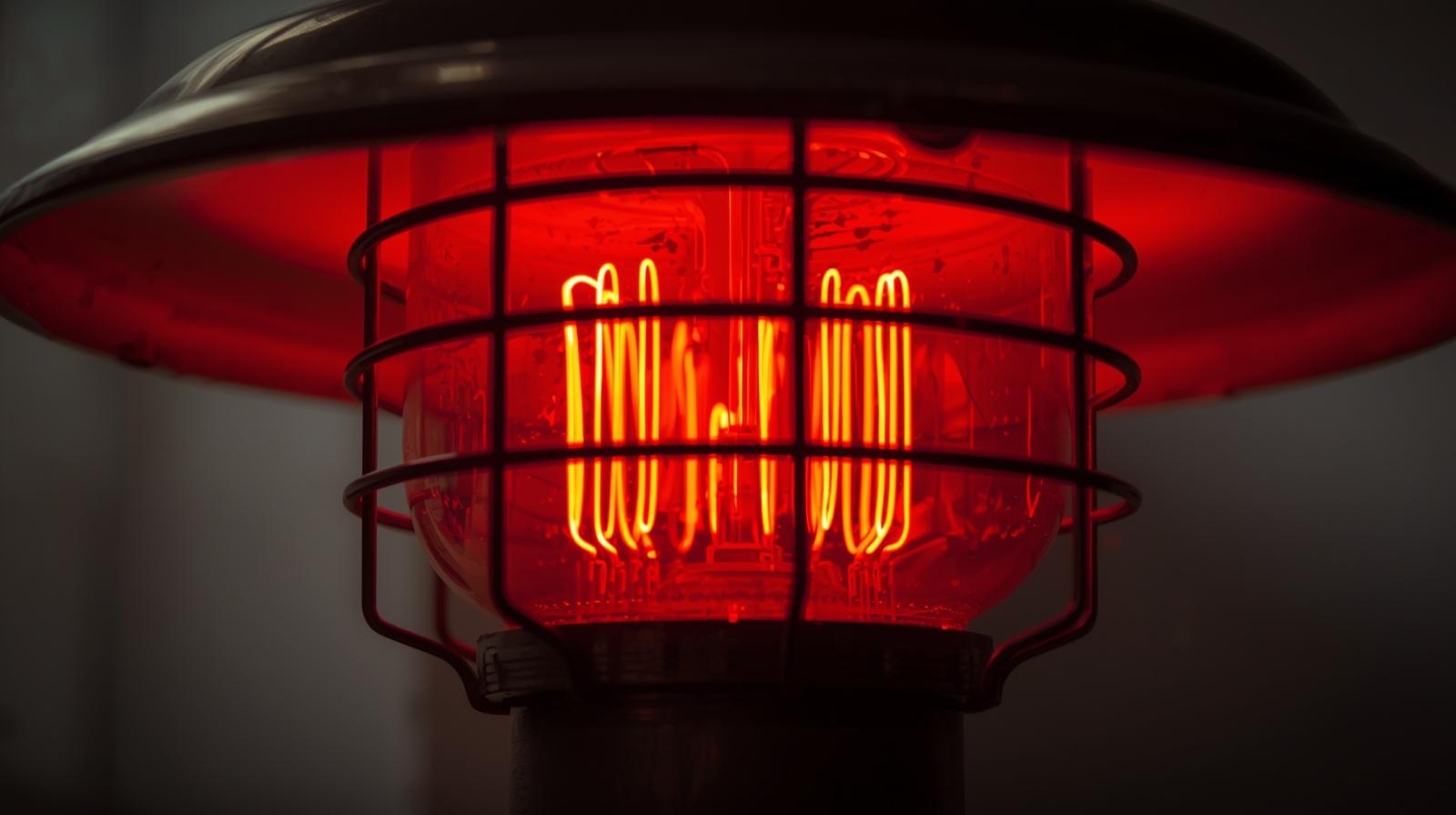
Stop the Shock: How Anti-Scald Devices Protect Your Shower from Hot Water Spikes
Plumbing Safety 101: The Essential Function of Anti-Scald Devices
Few things are more relaxing than a hot shower, but few things are more dangerous than a sudden, unpredictable blast of boiling water. For homeowners, particularly those with children, elderly family members, or tenants, protecting against scalding injuries is a non-negotiable plumbing safety measure.
This guide from Haslett Handyman explains the importance of anti-scald devices, how they work, and why they should be an integral part of your home's water system.
What is an Anti-Scald Device?
An anti-scald device is a safety component installed in your plumbing system designed to prevent the water temperature from instantly spiking to dangerous levels. They are typically found in the shower, but can also be installed at the water heater or under sinks.
There are two primary types of anti-scald protection:
1. Pressure Balancing Valves (PBVs)
- Function: A PBV is designed to sense pressure changes in the hot and cold water lines. If a sudden drop in cold water pressure occurs (for example, if a toilet is flushed or a washing machine turns on), the valve automatically reduces the flow of hot water to maintain a constant temperature.
- Result: This prevents the user from being sprayed with super-hot water due to a pressure imbalance.
2. Thermostatic Mixing Valves (TMVs)
- Function: A TMV is the most sophisticated type. It senses the actual temperature of the water leaving the valve. If the water temperature exceeds a preset maximum (usually 110–120°F), it automatically adjusts the mixture of hot and cold water to prevent scalding, regardless of pressure fluctuations.
- Result: This provides the most precise and reliable form of temperature control and protection.
Why Anti-Scald Protection is Essential for Home Safety
Scalding injuries can happen in a matter of seconds, especially in the bathroom where temperatures can reach over 130°F (the typical factory setting for many water heaters). While 120°F is generally considered the safest maximum, causing a severe third-degree burn only after over five minutes of exposure, the risk escalates rapidly at higher temperatures. At 130°F, severe burns can occur in just 30 seconds. If the temperature reaches 140°F, that time drops drastically to only 5 seconds, and at 150°F, a severe burn can happen in as little as 1–2 seconds.
Most plumbing codes and safety organizations recommend setting your water heater to 120°F to balance safety and efficiency. However, even with this setting, plumbing issues can still create a sudden dangerous spike in water temperature.
The most common danger scenario is when someone flushes a toilet while another person is showering. The toilet demands cold water, causing the cold water line pressure in the shower to drop sharply. Without an anti-scald device, the hot water flow continues at full pressure, instantly delivering a blast of scalding water.

Where Are Anti-Scald Devices Located and Installed?
In modern construction, anti-scald protection is often a mandatory code requirement for all showers and tubs.
- At the Fixture: Most residential anti-scald devices are built directly into the shower faucet cartridge or the tub filler body (this is usually a Pressure Balancing Valve).
- At the Water Heater (Master Control): For comprehensive protection, a single Thermostatic Mixing Valve (TMV) can be installed right where the hot water leaves the water heater tank. This allows you to safely keep your tank temperature high (which reduces bacterial growth) while delivering tempered, safe water (120°F) to every fixture in the house.

Haslett Handyman Can Help Upgrade Your Safety
If your home was built more than 20 years ago, or if your shower fixture is older and causes sudden temperature changes when the water supply is strained, you likely lack proper anti-scald protection.
The Haslett Handyman team specializes in upgrading fixtures and installing TMVs to bring your home up to the highest safety standards. We can inspect your current plumbing, recommend the appropriate valve type, and install it quickly and professionally.
Protect your family from preventable burn injuries. Contact Haslett Handyman today to discuss installing an essential anti-scald device.
.jpg)

